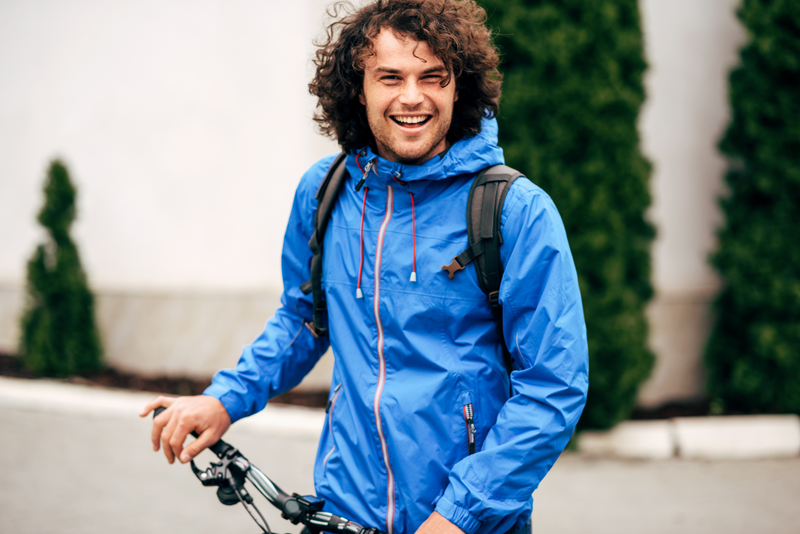5 tips for bicycle touring
Cycling is a great way to explore your local area, or your favourite destination further afield.
But for the first time tourer, heading out for a bicycle trip can seem daunting - what do you bring? How should you plan?
We pulled together a few key tips for touring on two wheels that will get you prepared for the road, from what to pack, to how to get your bicycle adventure-ready.
Make sure your bicycle is prepped
Before you take your bicycle out on a long trip, it’s important to make sure that everything is set up and ready to go for quite a bit of wear and tear. First, check your tyre pressure - we would recommend a baseline pressure of 80 to 130 psi (pounds per square inch), but the more you weigh, the higher within this range your tyre pressure needs to be - and make sure you bring a bicycle pump with you to keep your tyres fully inflated on the road.

You may then want to check that you have a full set of reflectors and lights on your bicycle so that you remain visible to traffic and pedestrians on the road. Adjust the seat to fit your height, ensuring that you are at a comfortable angle from the handlebars and at the right distance from the ground. Check out this blog for more on how to fit your bicycle.
Finally, if you have an ebike, the last step would be to ensure that your battery is fully charged and suitable for the distance you want to travel. We sell two batteries at MODMO: a 17.5Ah and a 10.5Ah. Our ebikes come with a battery installed - the 17.5Ah in the Saigon+ and the 10.5Ah in the Saigon S.
Make sure your bike is fitted with the appropriate battery and that the battery itself is fully charged. Check over the ebike’s various functions, take it out for a test ride around your city and ensure that everything is working smoothly.
Pack for all weather conditions
This part is essential - invest in clothing that will keep you warm and dry in all weather conditions. Check out this list of our favourite cycling gloves or visit this blog for tips on five essential cycling accessories this winter for some ideas.

You may want to layer your clothing, wearing lighter things underneath and carrying a few heavier-duty outer garments to add on if it gets cold. Try to find things that are waterproof and wind-proof, to protect you from the elements.
Get your body adventure-ready
One of the most important things to do when planning for a touring adventure is to train your body so that it reaches a fitness level suitable for the trip. Set some time aside before you leave for some shorter, challenging rides, making sure you explore a range of terrains and elevations so that your body is fully prepared for your bicycle tour.
Maps, apps and planning
Organise a portable charger for your phone before you set out on your trip, and make sure you have enough data to cover you for its entirety. It can be useful to have access to your phone, particularly in the case of an emergency, but it can also be a fun way of tracking and documenting your trip.
There are a few apps we would recommend downloading before you ride. Definitely start with our MODMO app if you have a MODMO ebike - it will allow you to track data from your trip, from the route you’ve taken to the C02 saved.
Another app you might want to consider is Komoot, which will allow you to plan out your route based on the terrain you want to cover and the bike you are riding. Make sure you also invest in a good weather-forecasting app to stay on top of changing weather conditions on your ride, and you might want to consider a public transport app for the area in which you are riding, in case you find that you need to use a train/bus.
NOTE: If you do want to use the train, make sure that bicycles are allowed on public transport in your area.

Consider your safety
Finally, put some steps in place to ensure that you will be safe when you cycle. This might involve letting someone you trust know the route you will be taking and when you expect to be at different locations, choosing to tour in a group rather than solo so that you have friends to help if anything goes wrong, and mapping out your route prior to leaving so that you can predict traffic conditions, weather and terrain.



